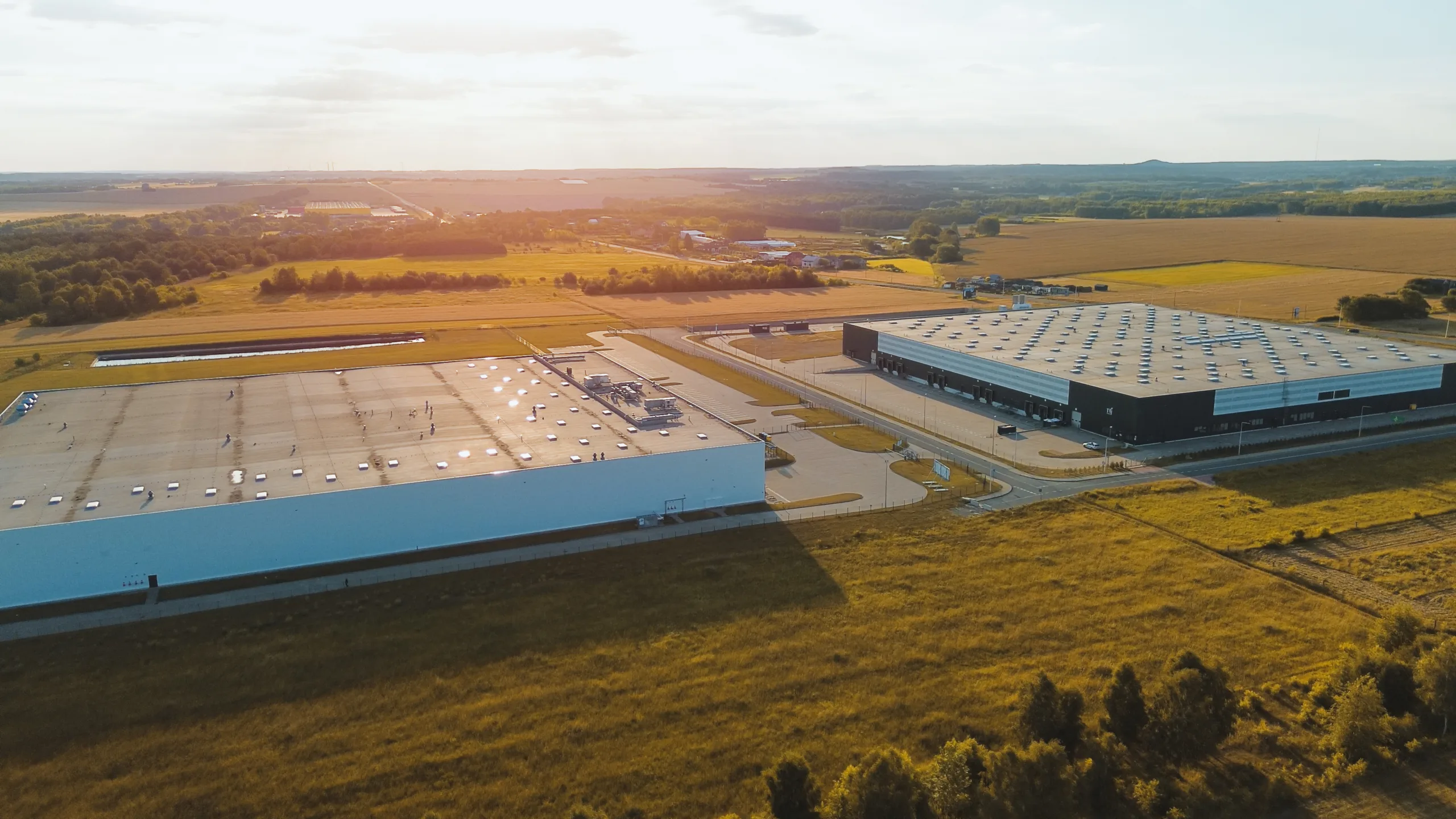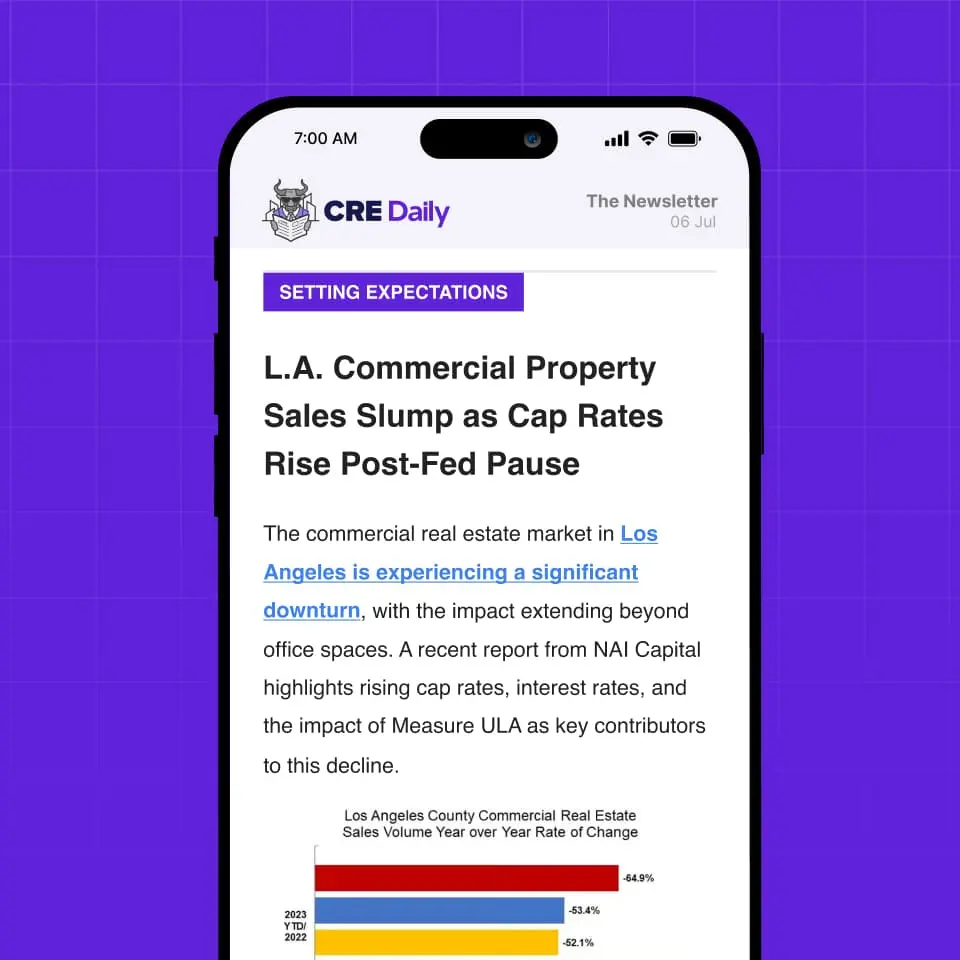- US warehouse vacancy hit 7.1% in Q2 2025—the highest since 2014—yet high-efficiency, move-in-ready space remains limited.
- New supply is robust, with 71.5M SF delivered in Q2 alone, but most modern facilities are pre-leased or build-to-suit, keeping quality space scarce.
- Rent growth continues, rising to $10.12/SF nationally, as logistics hubs like Dallas/Fort Worth and Chicago maintain strong absorption.
- Investors such as Prologis and Brookfield are doubling down on the sector, signaling long-term confidence despite short-term market adjustments.
High Vacancy, But Not Enough Space
While industrial vacancy rates have climbed to their highest levels in over a decade, the warehousing sector isn’t oversupplied, reports GlobeSt.The real issue is a misalignment between available space and the modern requirements of today’s logistics operations. According to a new Q2 report from ITS Logistics, much of the available inventory lacks the specifications needed for modern logistics operations, creating a squeeze on truly usable space.
Construction activity remains high, with 71.5M SF of new warehouses delivered in Q2 2025—the fifth consecutive quarter of increasing completions. But as demand shifts toward automation-ready, high-clearance facilities near major transit hubs, much of this new space is already pre-leased. Many of these projects are also designed as build-to-suit, limiting availability for general tenants.
Get Smarter about what matters in CRE
Stay ahead of trends in commercial real estate with CRE Daily – the free newsletter delivering everything you need to start your day in just 5-minutes
Cost Pressures And Strategic Shifts
Shippers are facing rising costs not only from wages and inventory, but also from leasing rates, which increased 0.9% quarter-over-quarter and 2.6% year-over-year.ITS Logistics warns that continued strong consumer demand, combined with seasonal inventory building, could push costs even higher by late 2025. Limited availability of high-quality space is expected to intensify the pressure.
In response, companies are reassessing how they allocate capital, where they store inventory, and how flexible their logistics networks need to be. It’s not just about SF anymore—it’s about functionality and proximity.
Investor Confidence Remains High
Despite signs of market adjustment, major players are positioning aggressively. Prologis invested $900M in new industrial developments, with 65% of those projects already pre-leased. CEO Hamid Moghadam described this as “the strongest it’s been in my career,” emphasizing confidence in the sector’s resilience.
Brookfield Asset Management made a major move by acquiring 53 industrial assets for $428M. The deal reflects strong investor confidence in the sector’s long-term fundamentals.
Why It Matters
The increase in headline vacancy doesn’t tell the whole story. As ITS Logistics notes, companies should act now to secure well-located, high-functioning space before a tightening cycle resumes. The current environment may represent a rare window for strategic expansion. Seasonal pressures and pre-leasing activity are expected to further limit availability later this year.
What’s Next
Logistics networks are growing more complex, and capital is becoming more selective. This shift is widening the gap between generic warehouse space and high-performance industrial assets. With rent growth steady and demand holding firm in key markets, the squeeze on quality space may only intensify heading into 2026.
















